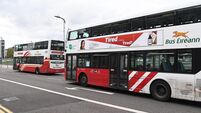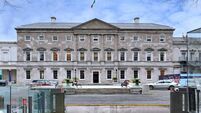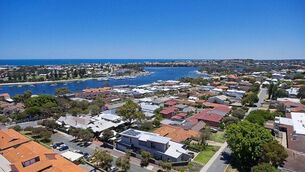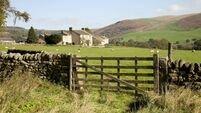We marched to save lives
The Government is wrong.
My wife and I were born and reared in the parish of Doora-Barefield on the outskirts of Ennis. I have just finished building a house in the parish where we intend to rear our two young daughters.
It is essential that if any member of my family is involved in an accident or emergency that they get to an effective A&E department in time.
I work in Limerick and commute daily. The journey is tiresome and sometimes frustrating, but I've learned to live with it. It may not be possible to live with it in the case of an accident or emergency, but we will not be forced to sell our home and move to Limerick just to have access to basic health care.
Many thousands with the same concerns marched in Ennis last weekend.
Last week I was dismayed to hear the Taoiseach's flippant and condescending remarks to all those who cancelled routine activities last Saturday to take part in the march in Ennis. Mr Ahern said that we should "read the report before marching".
There were many informed professionals speaking on our behalf in Ennis. People we trust, people who have no whip to silence them. People who have read the report numerous times, people who have spoken to Dr David Hanly. These people were also marching.
The terms of reference of the implementation group on non-consultant hospital doctors (NCHD) working hours, chaired by Dr Hanly, were as follows: "Ensuring compliance, nationally and locally, with the EU working time directive's requirements for phased reductions in the working hours..."
The report says there are over 3,900 NCHDs working an average 75 hours weekly on site. This, they add, is to be reduced to 48 hours.
However, this will require additional doctors to make up the balance of hours, as the 3,900 NCHDs are carrying out the work of over 6,090 doctors.
There is no provision of extra resources to compensate for the effective removal of 2,190 from 6,090 doctors available to the hospitals.
It appears that the starting point of the report was that the effective number of NCHDs must be reduced from 6,090 to 3,900. I find it hard to believe that such terms could be in the best interest of the country.
Dr Hanly states that "international literature indicates that populations of 200,000 250,000 are needed to support a hospital with the minimum range of acute services required to deal with emergency and acute patients".
Clare has not had a population of 250,000 since 1841. However, the 103,000 people living in the 3,238 square kilometres of the county do need a 24-hour A&E department staffed by the doctors necessary to save the lives of our families, friends and visitors.
Mícheál Ó Coileáin,
Ballyortla South,
Doora,
Co Clare.











